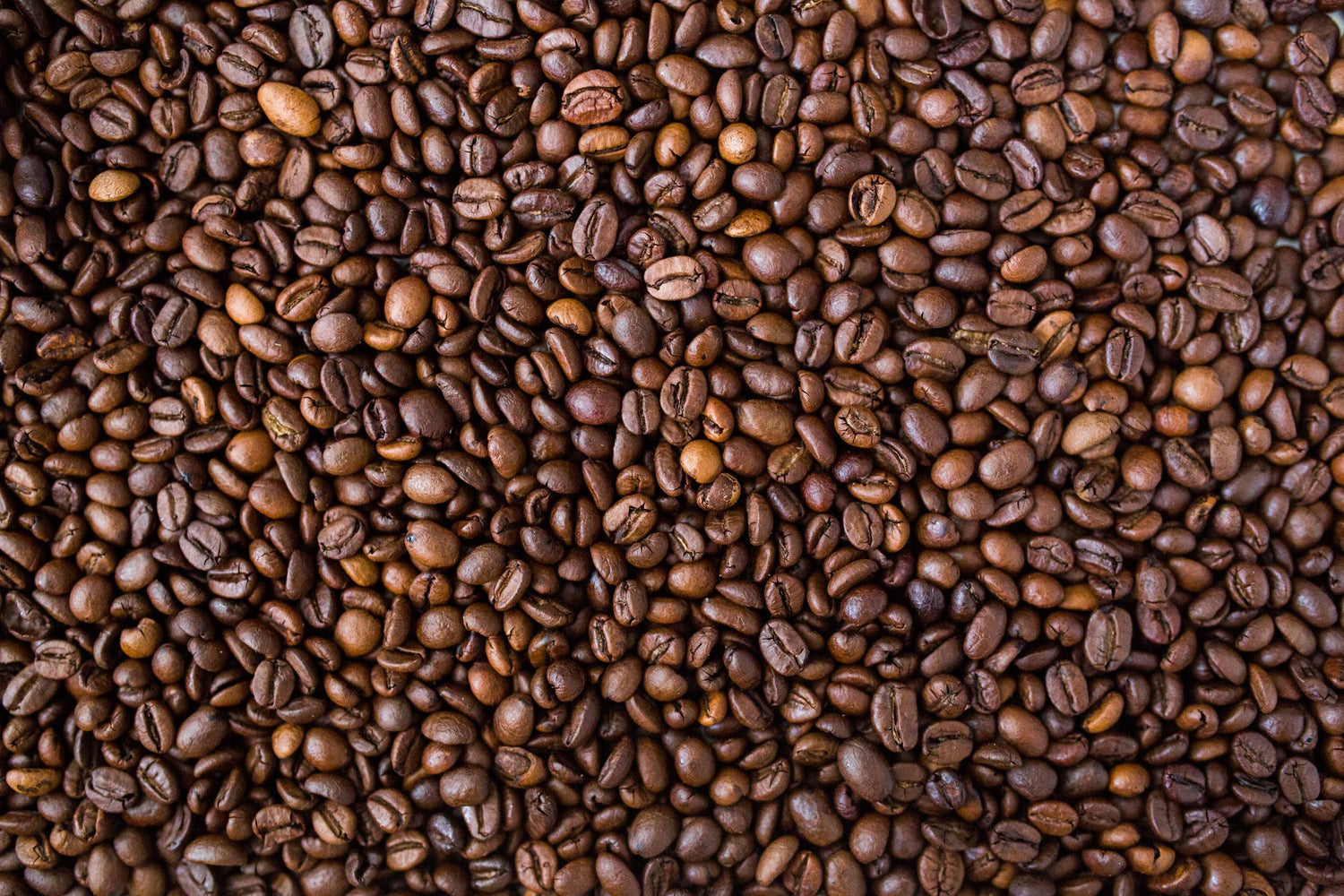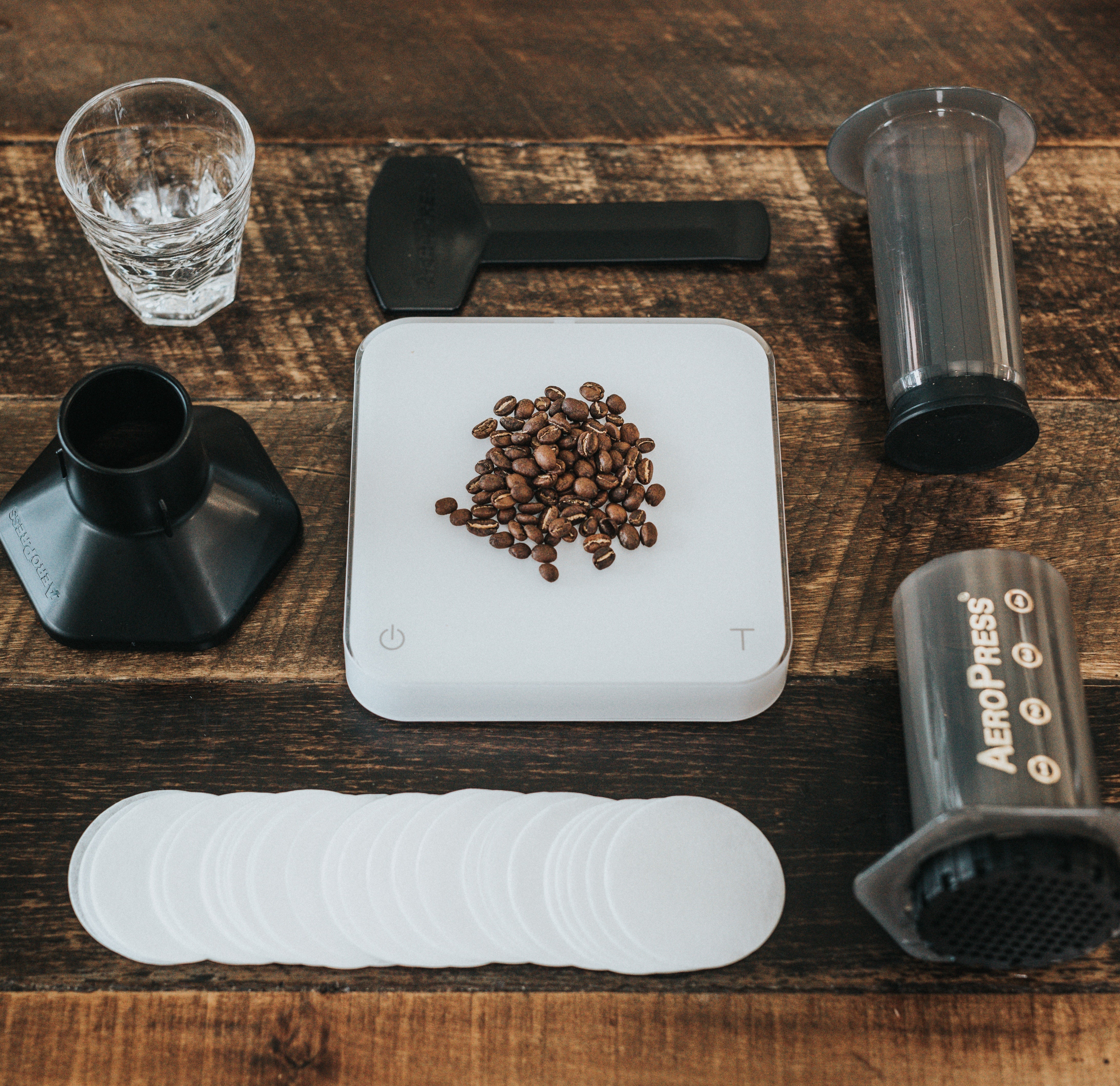If you’ve ever looked at a bag of coffee from a specialty coffee retailer, you may have encountered the word “arabica”. Some bags tout “100% Arabica” as a marker of quality of the beans inside. But what does that mysterious word mean? And what makes it special?
Simply put, “Arabica” refers to the species of coffee tree that those beans came from. There are actually two major species of coffee trees that are commercially grown: Coffea arabica and Coffea canephora (more commonly known as “Robusta”). These two kinds of trees produce very different flavor profiles in their beans, and are cultivated for different reasons.
Let’s focus on Arabica first: Arabica coffees make up about 70-75% of the world’s coffee production. These plants produce some of the most delicious coffees in the world, and are highly prized for their potential to produce complex, nuanced, and beautifully-flavored coffees. But there’s a catch: Arabica plants are quite finicky to cultivate. They require specific growing conditions, and can only be successfully cultivated between 1000-2200 meters above sea level. Depending on the variety (or subspecies) of the tree, they can be vulnerable to diseases and insect damage. Their yield of coffee beans is also lower than their counterpart Robusta, and the higher quality leads to higher purchasing prices. However, it’s all worth it for the crazy amazing flavors you can find in your cup! Nearly all coffee considered “specialty” (i.e. scoring above 80 points on the 100 point coffee-grading scale) is Arabica, making them the beans of choice for specialty roasters and coffee connoisseurs.
Now, on to Robusta: Robusta coffees fill in the other 25-30% of global coffee growing. These plants are called “robust” for a reason - they are more disease and pest resistant, able to grow in less specific conditions and lower altitudes than Arabica, and yield more beans per year. They also contain up to twice the amount of caffeine as Arabica beans! Unfortunately, there’s a big trade-off in quality and flavor here. Robusta beans often have very rubbery, bitter, astringent taste; as the caffeine compound has a bitter taste, the extra caffeine in these beans degrades the flavor. Couple that with up to 60% fewer lipids and sugars than Arabica beans, and the Robusta bean doesn’t stack up very well in terms of quality. However, these beans are easier and cheaper to produce, leading to a lower price point for roasters and consumers. These coffees are usually classified as “commercial” or “commodity” grade coffee (scoring under 80 points), and are commonly used in blends you’d find in the grocery store. To compare the two, a high-quality Robusta is on par taste-wise with a low-quality Arabica.
Strides are being made by organizations like World Coffee Research to engineer coffee plants with the best genes from both coffees; this research will ideally lead to more resilient and higher-yielding plants that still possess delightful flavors. For now though, Arabica is the clear winner on taste, while Robusta can be relied upon for its quantity and affordability.








Leave a comment
This site is protected by hCaptcha and the hCaptcha Privacy Policy and Terms of Service apply.